Like all kinds of evolution, there’s no doubt that over the past 130 years or so, the anatomy of the car has changed considerably.
From the bumpers to the wheels, today’s vehicles are unrecognisable from how they once were.
With that in mind, lets take a look at how cars have changed, part-by-part, since they first hit the road in the late 19th century.
Bumpers
The humble car bumper was invented by engineer Frederick Richard Simms in 1908, who also coined the word ‘petrol’ and ‘motorcar’.
Originally, the bumper was simply a rigid metal bar that would sit only in front of the car and the design was actually based on railway buffers.
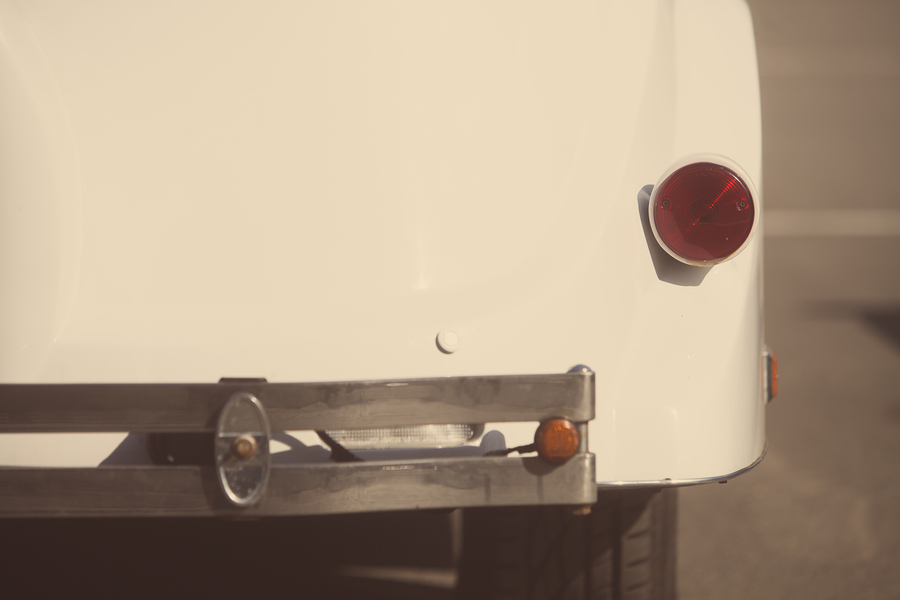
In fact, for a long-time bumpers were treated as accessories by car manufacturers and were viewed as optional features until around the 1920s.
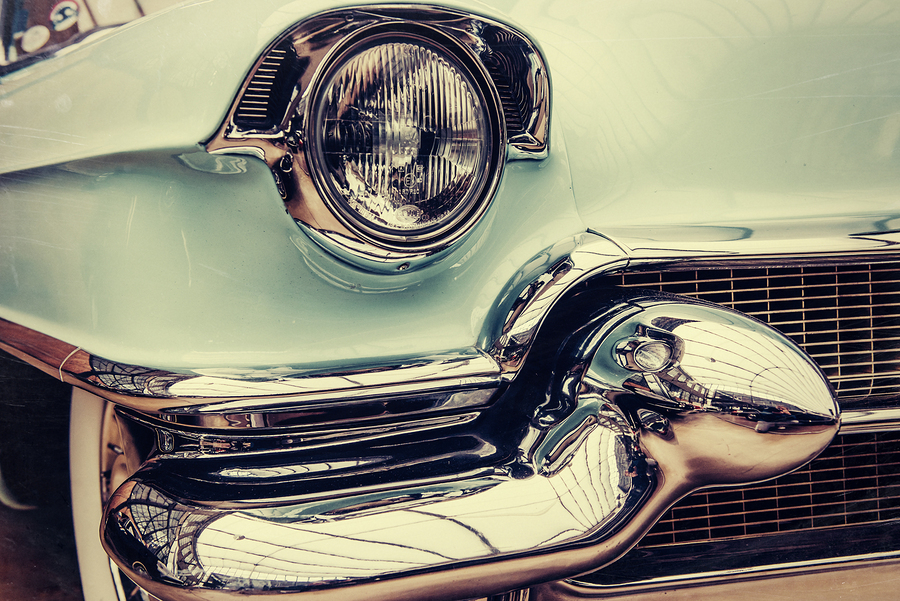
By the 1930s and 40s things started getting a little more complex and even decorative, and by the 1950s bumpers became important styling pieces for vehicles – as well as being tools for damage control.
Currently bumpers on modern cars consist of a plastic cover that sits over a reinforcement bar of steel, aluminium, fiberglass composite, or plastic.
Tyres & wheels
Although wheels, and indeed tyres themselves, were invented before cars, much of their evolution does tie in with that of the motor vehicle.
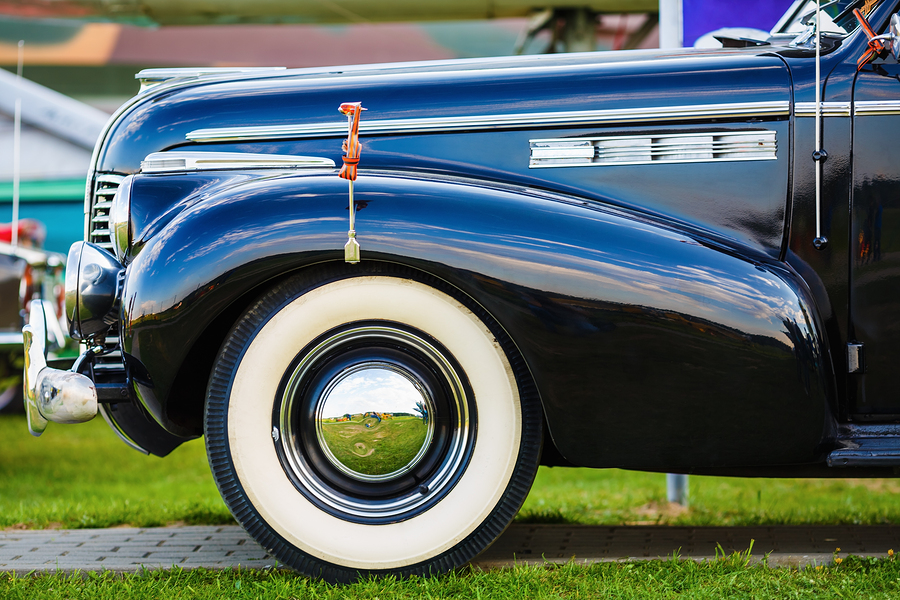
Before the first gasoline car, tyres were composed of solid rubber and did not need air within their interior. Due to the fact that the tyres had poor shock absorption abilities however, they could only be used on low speed vehicles.
It wasn’t until 1888, upon the invention of the first gasoline car, that metal tyres covered with rubber and filled with air were used — becoming the first pneumatic tyres.
Popular use of pneumatic tires began in 1895 and by 1905 treads became part of the tyre design.
With the industrialisation of synthetic rubber and the first conveyor belt assembly line in 1913, the tyre industry was able to increase the quantity and quality of tyres throughout the 1930s.
Like most aspects of car design, by the 1970s tyre designers began working earnestly to improve safety features, and by 1979, the run-flat tyre was created, enabling vehicles to drive up to 50 mph without the need for replacement when punctured.
By the coming of the millennium attention turned to the environment and tires began being developed to help increase fuel economy.
Spoilers
Although the first serious cars have been around since the late 1880s, it would take until the 1960s for car spoilers to hit the road.
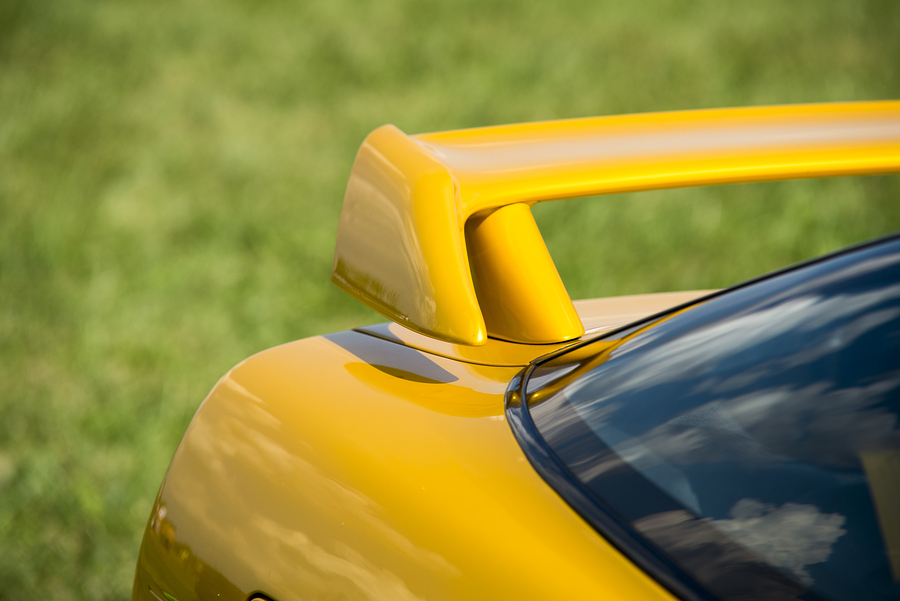
In 1966 the Dodge Charger was introduced to NASCAR and featured a flatter nose and a long, streamline roof, which made it unstable at higher speeds.
The Dodge team then designed and placed a piece of metal around two inches high at the rear of the decklid, trapping the air to create a stabilising downforce.
It’s important to note however that the term “spoiler” is sometimes confused with a car “wing”.
The difference sits in the face that a wing is a device placed on a car to generate downforce as air passes around it. This means that rather than decreasing drag, car wings actually increase it.
Doors
Car door design has gone through a long and eventful process.
For the first half of the century “suicide doors” were common in car design, the nickname originating from the doors’ ability to injure anyone entering or exiting the car.
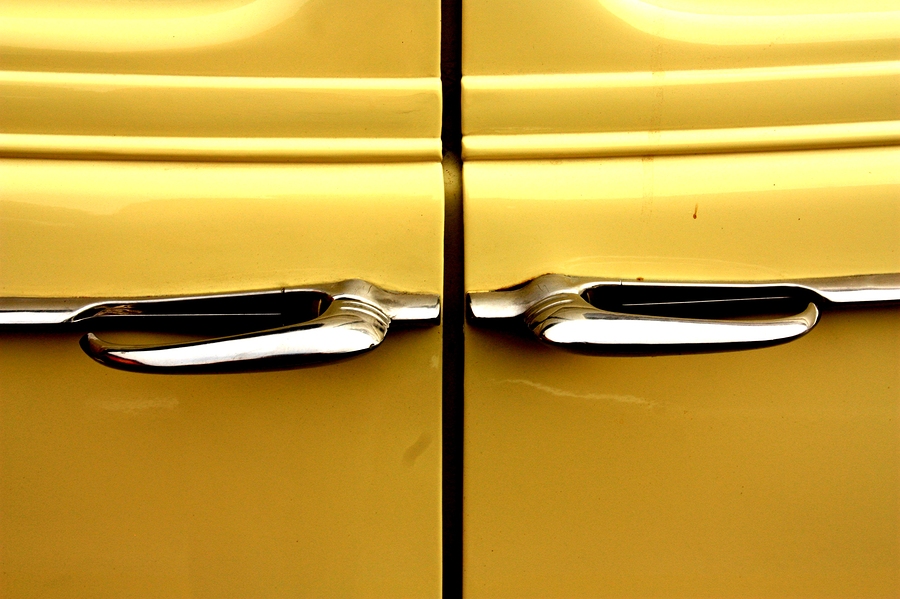
There was also a risk of the doors opening on turns, which at the time was also a considerable risk as seat belts were not introduced while the 1940s or 50s.
Scissor doors, popular on sports cars, were first featured on the 1968 Alfa Romeo Carabo concept car and were designed by Marcello Gandini.
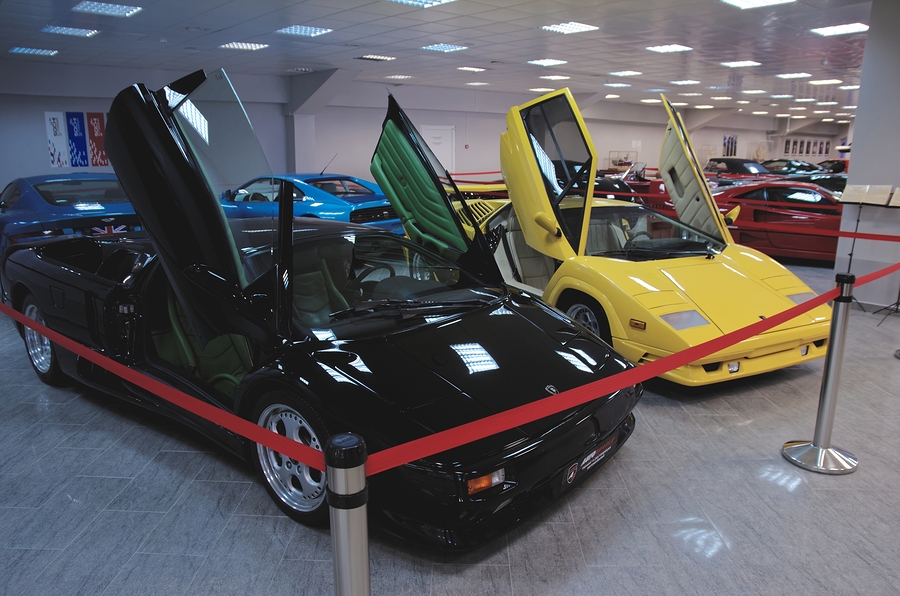
The first production car to feature the doors was a Lamborghini and have featured regularly on Diablos, leading to people colloquially referring to scissor doors as “Lambo doors.”
Throughout time canopy doors, often encompassing the cockpit of the vehicle, have been used although are rarely used on production cars and are sometimes seen on concept cars and vehicles.
Wing mirrors
Much like the bumpers of a car, for some time wing mirrors were seen as accessories and luxury items that were sold as optional features.
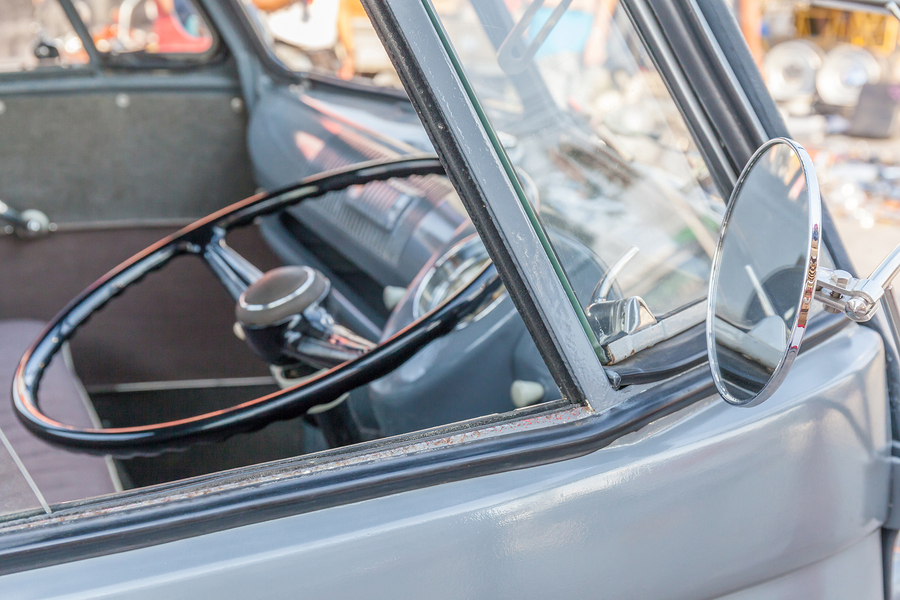
Indeed, for many years drivers only had to be aware of traffic on their side of the road and what was moving directly behind them due to the fact that until the 1940s, many roads only had two lanes.
Even by the 1970s some cars came with only a single door mirror on the driver’s side of the vehicle as two mirrors were still viewed by manufacturers as a luxurious extra.
Once that wing mirrors became standard features on cars, more research was put into making them more effective and by the 1990s the first heated wing mirror was designed and only ten years later, the first anti-glare wing mirror.
Grille
The grille first appeared on cars in 1903, and ever since the developing grille has enjoyed a plethora of designs, from the arch-shaped grille of the 1910s, to the split designed of the 1920s.
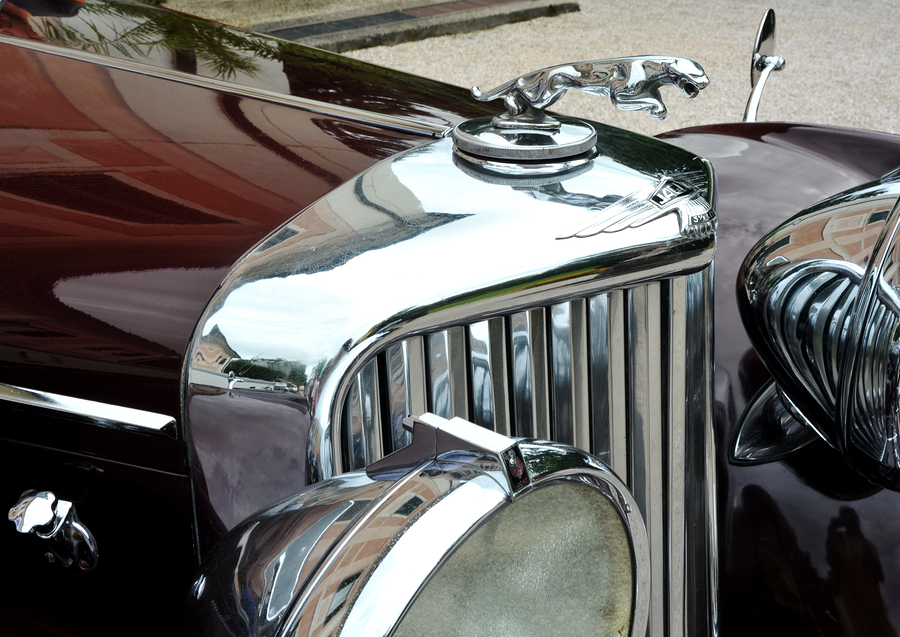
Over the years car manufacturers became creative with grille design and before long their designs became as distinctive as brand logos themselves.
Today grille design is sometimes more important than the function they serve, with most large grilles simply serving as cosmetic features.
Rolls-Royce actually arranges its grille bars by hand to ensure that they appear perfectly vertical to observers.
Headlamps
In the very early days headlamps were fuelled by acetylene or oil, and were featured on automobiles from the very beginning.
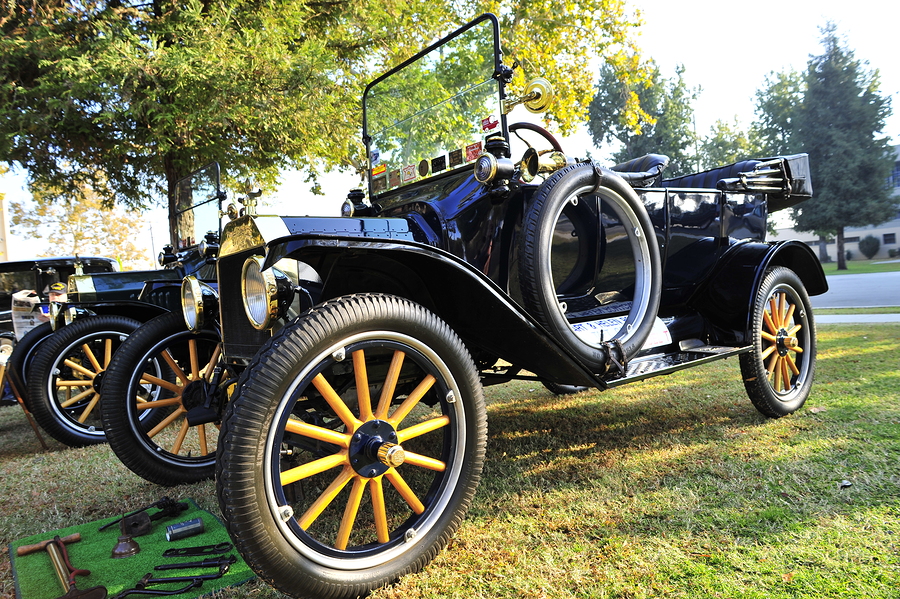
Electric headlights were also introduced fairly early in the evolution of cars, with the first pair being introduced in 1898 on the Columbia Electric Car, although they did come as optional features.
The classic “Prest-O-Lite” acetylene lights were offered as standard up until around 1908 when Peerless made electric headlights the norm. Cadillac soon followed this with a full electric system and in 1917 offered light dipping that could be controlled from inside the car.
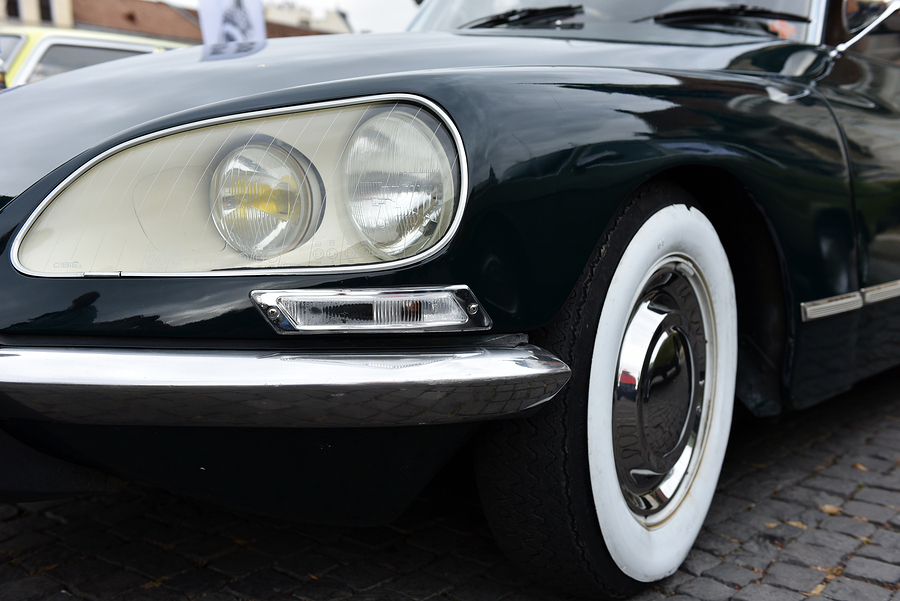
In 1935 the Tatra 77a offered drivers the possibility to turn the beams in the direction that the car was travelling in. Although this feature only lasted a year, it was later popularised by the Citroen DS and is now a widely used feature in modern cars.
Interestingly, before 1983, in Europe, there was no standardised size or shape of lamps. The first rectangular headlamps were used in 1961 although prohibited in the United States until 1975.
For the majority of the car’s evolution, headlights did not change in the United States until around 1983, when headlamp regulations were amended, meaning that aerodynamic headlamps could be introduced onto new cars.
By the 1990s however, round headlamps made a comeback alongside the design of hidden headlamps, which were first introduced around 1936 on the Cord 810.
